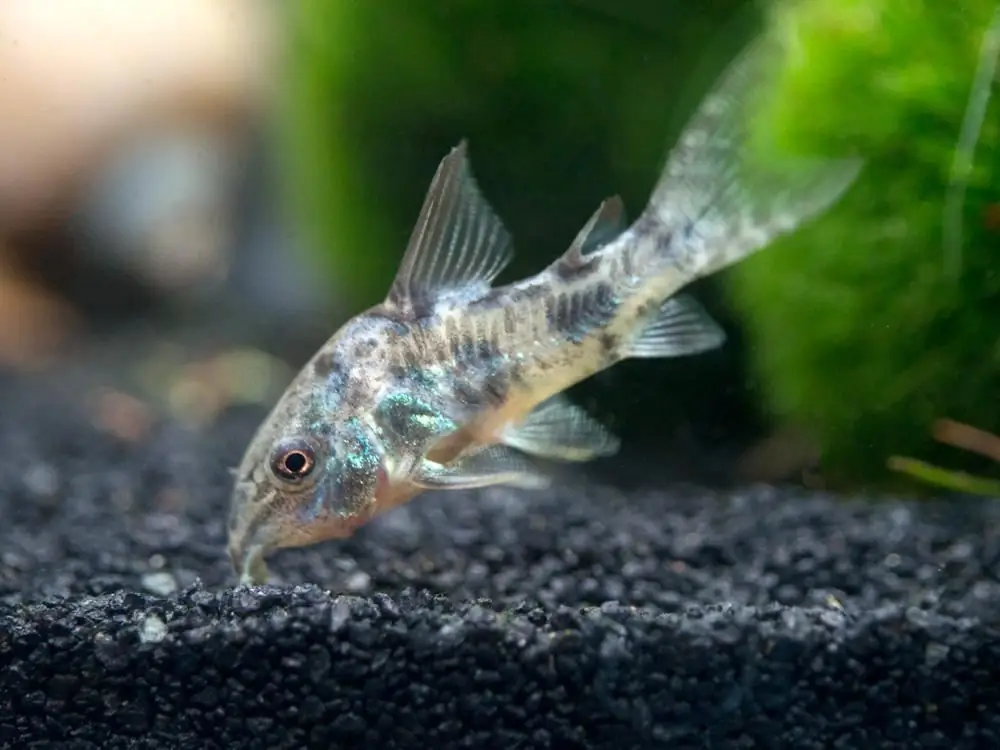2026 Author: Priscilla Miln | [email protected]. Last modified: 2025-01-22 17:55:13
Probably, any experienced aquarist is well aware of such catfish as corridors. Which is not surprising - they can boast of a cheerful character, external attractiveness and simplicity of content. That is why they are suitable not only for experienced fish lovers, but also for beginners. Therefore, it will be useful for every aquarist to learn about such a fish as the corridor and speckled catfish. Its maintenance and care is simple enough that even a beginner will have no trouble.
Description
For starters, let's give a description of the speckled corydoras catfish in its natural form. Subsequently, breeders bred an albino form and a veil form. The first has red eyes and a very light body color. The second resembles classic fish, but at the same time boasts more beautiful, lush fins. In addition, several species of catfish are found in the wild - we will talk about this a little later.
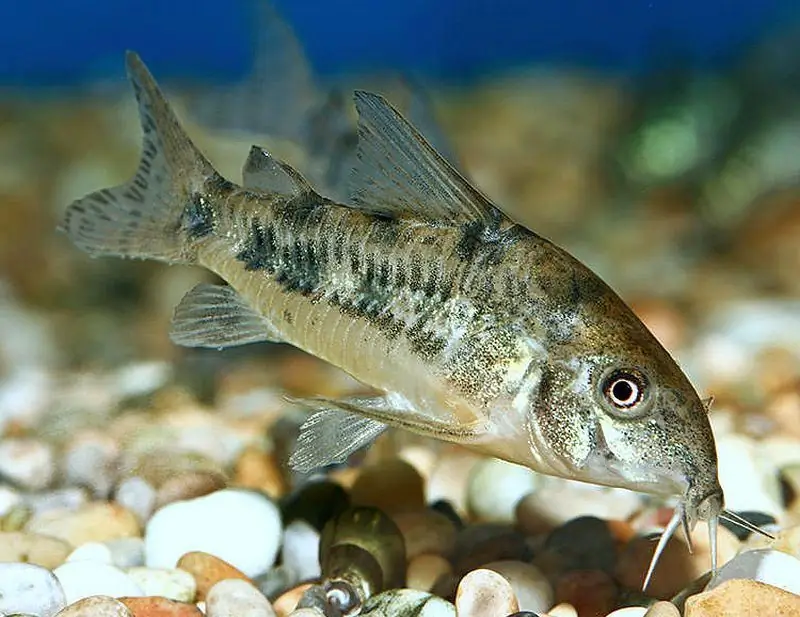
The body is small, about four to seven centimeters. The back is convex, the abdomen is flat. The back is covered with a shell formed from bone plates,located in two rows on the sides of the body. This shell gives him some protection from small predators, but at the same time makes him slightly clumsy. Experienced aquarists know cases when corridors swam into a narrow gap and simply got stuck - unable to get out, they died there. This should be remembered if you want to decorate the aquarium beautifully - there should not be narrow gaps between stones or other objects.
The mouth is located below, which gives out the representative of catfish, picking up food exclusively from the bottom. On the upper lip there are sensitive mustaches - two pairs, one longer, and the other almost imperceptible. Thanks to these whiskers, which are an additional organ of taste and touch, the fish easily finds food, and can also swim calmly along the bottom in pitch darkness. The dorsal fin is quite high, about half the height of the body.
The main body is grayish-olive in color and decorated with a few dark gray spots. But the belly has a golden or pinkish color, which makes the corridors especially attractive.
Habitat
Surely aquarists will be interested to know where the speckled catfish corridors, photos of which are attached to the article, came to our country.
The birthplace of the fish is South America. Inhabits water bodies of different countries - Uruguay, Paraguay, Brazil and other mainland countries. Prefers to live in slowly flowing or even stagnant water bodies. Likes muddy water. Perfectly adapted to the fact that some small ponds during the summer drought almost completely dry up. It is on suchcase, he can breathe not only oxygen dissolved in water, but also atmospheric!
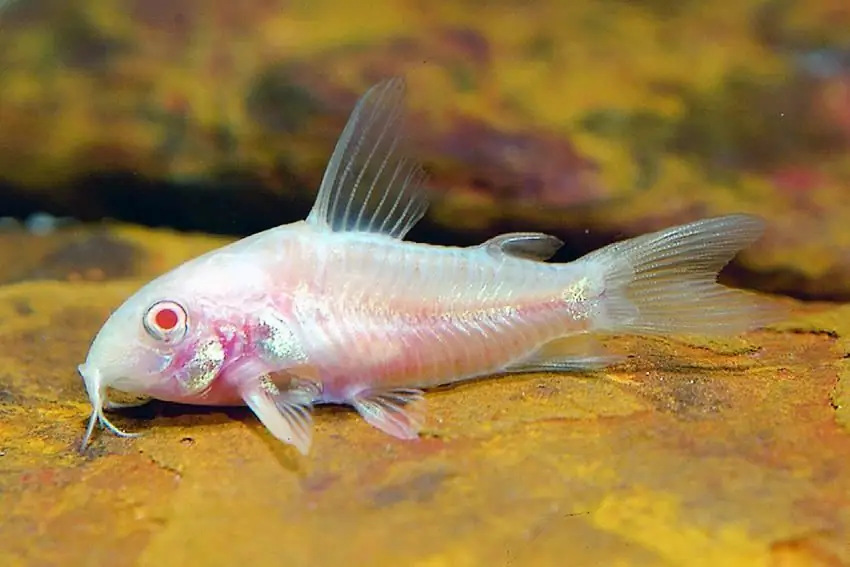
From time to time, the fish quickly rise to the surface, grab a ball of air in their mouth and just swallow it. Air enters the rectum, where oxygen is absorbed and enters directly into the bloodstream. This feature should be taken into account - some peaceful fish will live in constant stress from such an active neighbor.
Existing varieties
As mentioned above, there are different types of speckled corridor catfish. Let's briefly talk about some of them.
For example, the corridor with borbatus. It is large in size - in the wild it reaches 12 centimeters. True, in aquariums it is almost twice as small - rarely more than seven centimeters. It lives mainly in the waters of Brazil. From above, the body is yellow-brown, shiny. The belly is golden yellowish.
Even more interesting is the panda corridor. They cannot boast of large sizes - about five to six centimeters. But the whole body has a rich orange-brown color. There are black spots near the tail and on the dorsal fin. And on the head, through the eye, passes another black stripe.
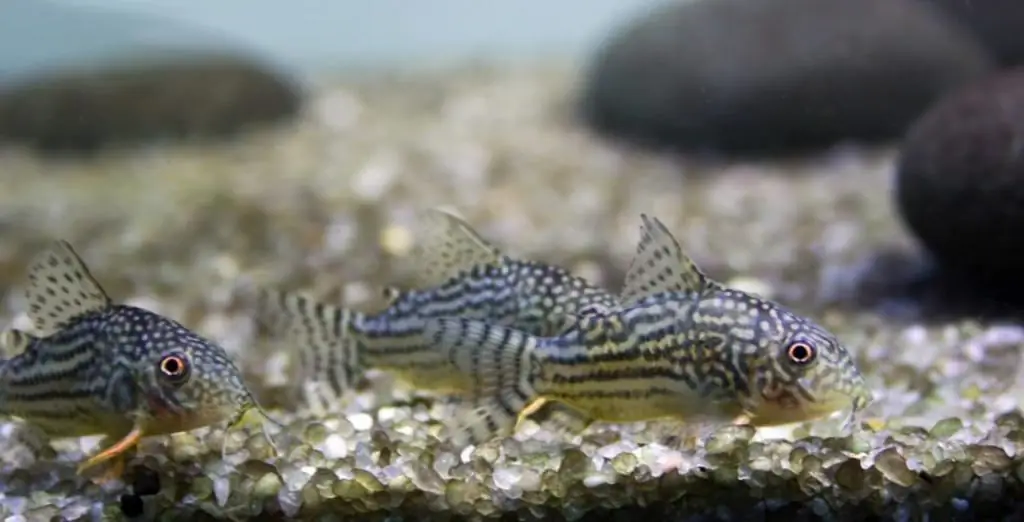
Dwarf catfish - also known as sparrow catfish - is found in the reservoirs of the Paraguay and Amazon rivers. It has a very modest size - usually less than three centimeters. Body color can vary depending on environmental conditions - from golden to light green. A narrow black stripe runs along the entire body, turning into a tailinto a black diamond.
Somik Kocha lives in the Amazon River, mainly in the middle reaches. Small, about three centimeters long. The body is brownish-yellow, the abdomen is white, and the sides have a silvery sheen. The whole body is covered with small dark dots of a greenish tint.
Catfish Meta lives only in the Meta River, which flows through Colombia. The average size is about five centimeters. The body has a delicate brown-yellow color. A wide black stripe runs along the back from the dorsal fin to the tail. Another passes over the head, crossing the eye. The fins are mostly transparent, but sometimes a light brown color is found. The dorsal fin of some individuals has a rich black and blue color.
Of course, there are other types of catfish. But they are practically found in captivity, so they are not of particular interest to aquarium fish lovers.
Choosing the right aquarium
Now let's go directly to practice. Starting any fish, the aquarist should consider whether he can create suitable living conditions for her. Fortunately, this is not difficult to do with corridors.
The aquarium needs a relatively small one - ten liters per individual is more than enough. It is advisable to start not one or two catfish, but half a dozen at once - they feel more comfortable in a flock. In general, fish are highly socially active. Left alone, the corridor will try to join another satellite, most often a catfish, even if of a different species, for example, a thoracatum or another, leading a similar, near-bottom lifestyle.
At the same timekeep in mind that the fish need atmospheric air - you should not put them in aquariums that are covered with a lid on top and are almost completely filled with water. Leave a "clearance" of at least five to seven centimeters.
Catfish are not too fond of bright light, spending most of their time in shaded places. Therefore, make sure that such areas are available. You can create them using stones, grottoes, snags, algae and other methods. The main thing - remember the above: do not leave gaps in which the fish can climb in, but cannot get out.

It is desirable to choose algae with large leaves - elodea or hornwort are not the best options, as they almost do not give shade due to small leaves. It is desirable to seat them along the back and side walls of the aquarium, leaving enough free space in the middle for swimming. Most of the daylight hours, the fish will hide in the thickets, and go out to prey with the approach of dusk.
As a soil, it is best to use fine gravel or run-in river sand. You need to pour them in a thick layer - at least three to five centimeters. Catfish often dig into it for food, or even just for their own pleasure.
Optimal conditions of containment
Now let's move on to the next question - the best conditions under which the fish feel as comfortable as possible.
The optimum temperature is around +20…+25 degrees Celsius. True, corridors easily tolerate a significant drop in temperature - up to +15 degrees. For somedata, they do not die, even if the temperature drops to +3 degrees. However, you should not experiment - after all, you have to deal with fish that have lived in aquariums for many generations, pampered compared to wild ancestors.
Every week you need to change the water - up to a third of the total. It is also necessary to provide filtration and aeration. Yes, speckled catfish can get air from the atmosphere, but feel more comfortable if enough oxygen is dissolved in the water.
What to feed him
In food they are quite unpretentious, they eat vegetable, live and dry food with pleasure. Scalded lettuce leaves, dried gammarus and daphnia are suitable, as well as bloodworm, tubifex, coretra, scraped beef heart.
Mainly picks up food from the bottom, making it a great companion for any fish that prefer to eat only from the surface. However, in some cases, catfish rise sharply from the bottom to the surface and grab food with a loud squelch.
How to tell a male from a female
It would be useful to learn about the main differences between males and females. In general, it is not difficult to cope with the task of separating by sex. Females are usually 1-2 centimeters larger than males and fatter. But males have a fin pointed back - triangular, not trapezoidal.
However, it will be easier for a beginner to cope with the task if there is a small flock - here you can compare the fish with each other.
Reproduction
Now let's move on to the most interesting step - the breeding of speckled corridor catfish.
They are sexually maturebecome eight or nine months old. As a spawning tank, you need to use an aquarium with a capacity of 30-40 liters. Lighting is best suited dimmed. Any soil can be used. But as plants, anubias or another with wide leaves is best suited. The temperature is about +19…+22 degrees Celsius. Water must be well aerated.
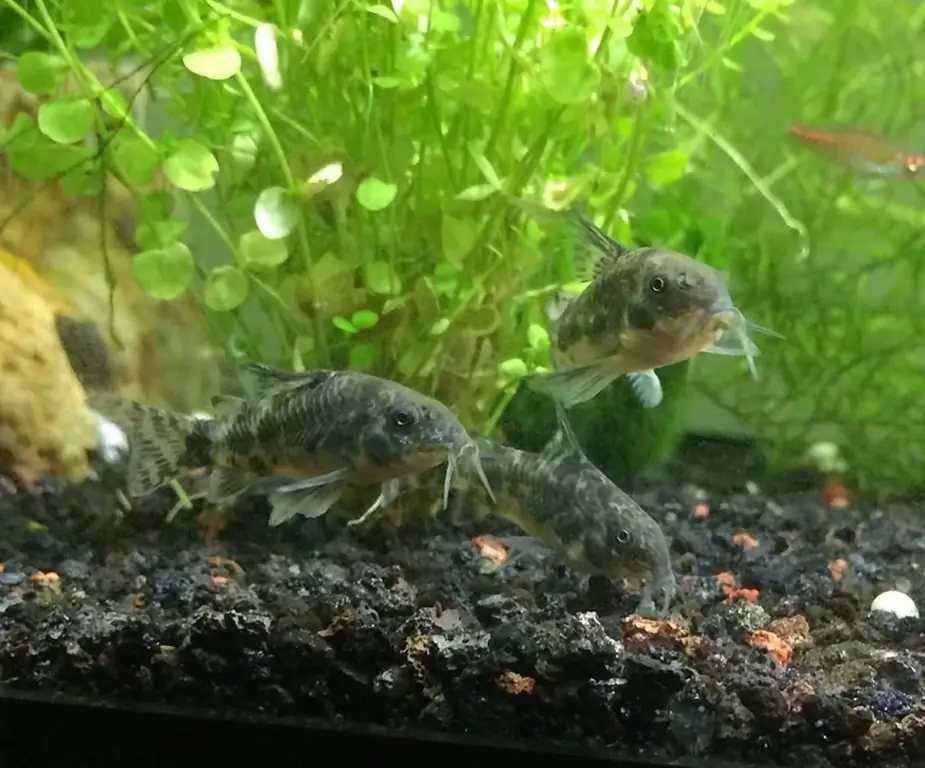
Selected spawners (two or three males and one female) should be fed live food a week or two before spawning. Then they are deposited in the spawning ground. For stimulation, it is desirable to lower the temperature in the aquarium by two to three degrees. Spawning is short - usually takes several hours.
The female takes the male's milk into her mouth and coats the substrate (most often algae leaves) with it. Then glue the eggs on the sticky surface. Sometimes the number of eggs reaches a quarter of a thousand. Immediately after the spawning is over, the fish need to be planted. Having ensured good aeration of the water, leave the spawning ground for a week, raising the temperature to +25 degrees. By the end of this period, fry will hatch from the eggs.
Fry care
In general, care is quite simple. In the first days, fry need to be fed with rotifers, live dust and small zooplankton. Gradually, you can start giving finely chopped tubifex. It is also important to change a third of the water every week or two or three liters daily.
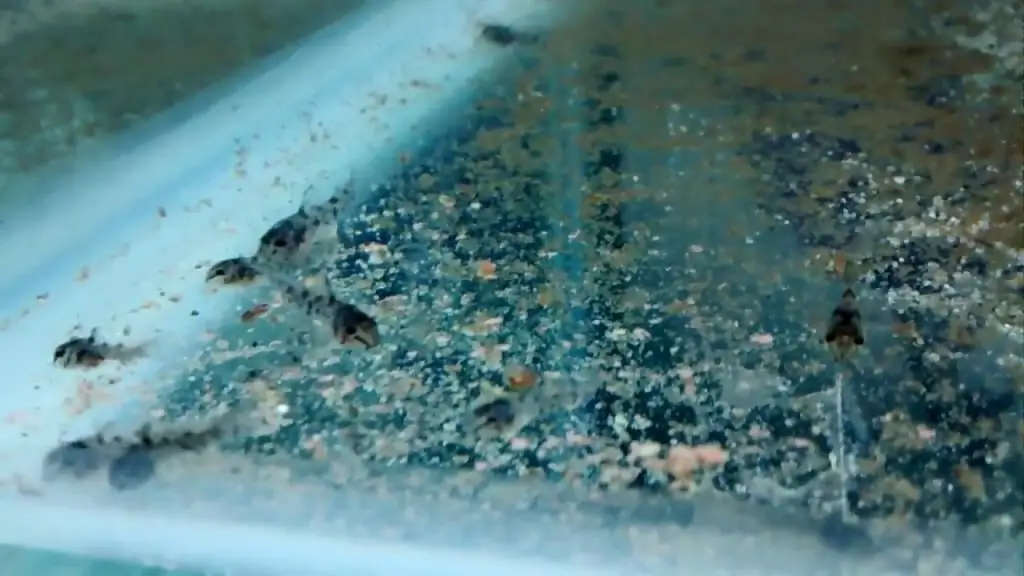
If everything is done correctly, then in a month young catfish will have a length of about one centimeter.
Suitable neighbors
Now it's worth briefly talking about the compatibility of the speckled corydoras catfish with other fish.
In general, they get along well with almost any fish - from guppies, zebrafish and neon, ending with discus and angelfish. The main thing is to make sure that predatory or aggressive fish do not get into the neighbors - they may well perceive small catfish as a pleasant snack.
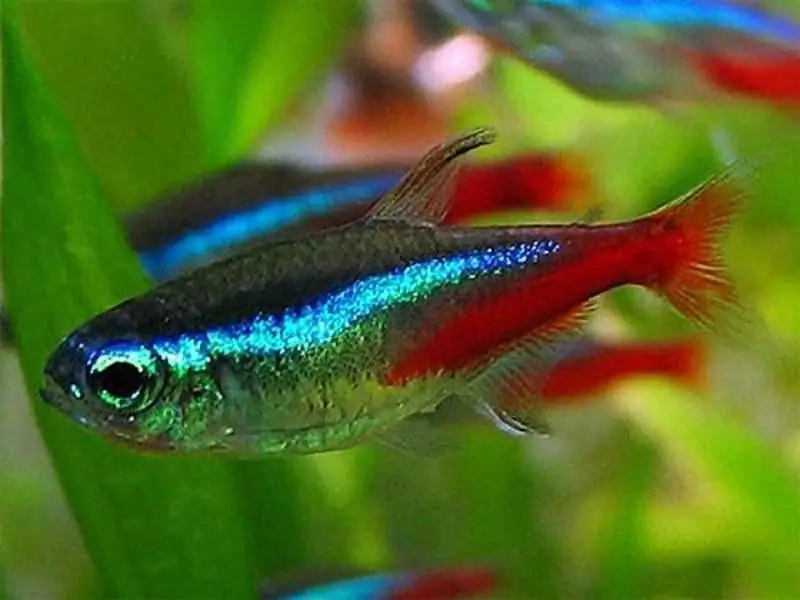
It is also not recommended to put them in an aquarium where large cichlids live.
Conclusion
This article comes to an end. Now you know everything about breeding and keeping speckled corydoras catfish. Therefore, you can easily provide them with comfortable living conditions.
Recommended:
Barb fish: maintenance and care, description, photo, compatibility, reproduction
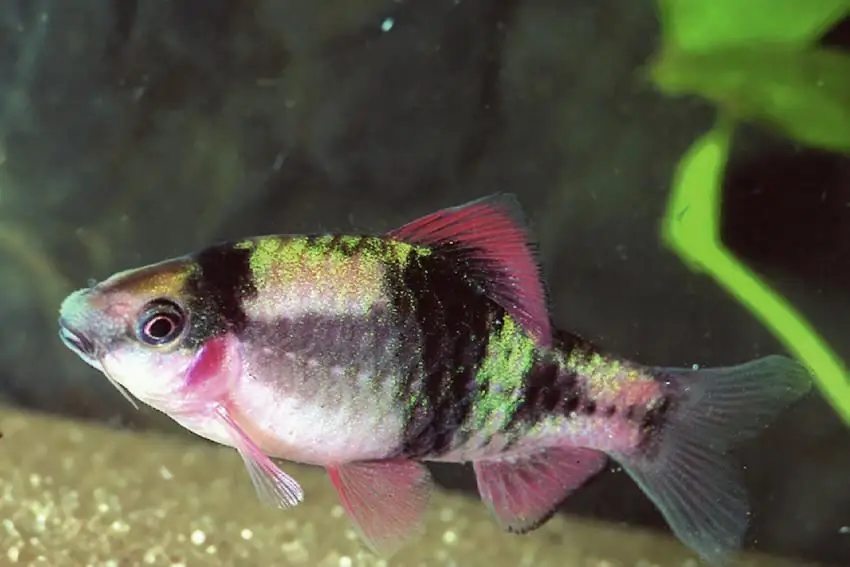
Barbs can rightfully be called the favorites of the vast majority of aquarists. They are smart and agile, constantly on the move: either catching up with each other, or simply looking for something at the very bottom. They are funny and unpretentious, which, most likely, makes them so popular
Catfish ancistrus: reproduction, care tips and description with photo
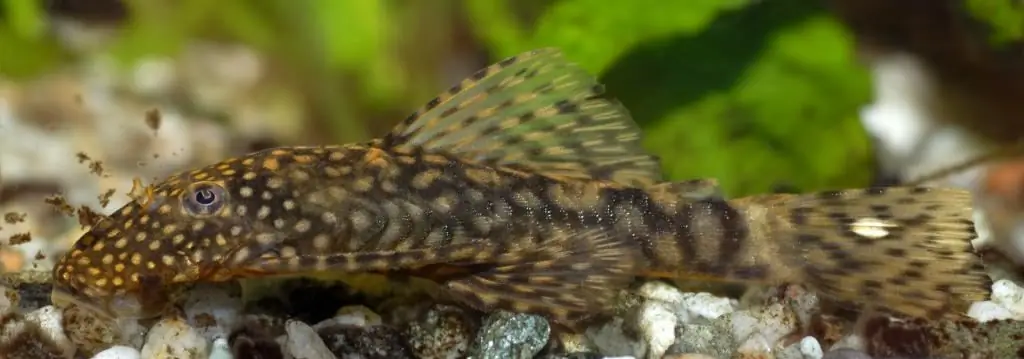
In this article, we will talk about cleaner catfish, which will find a place in a medium-sized aquarium. Guess what we're talking about? Of course, about ancistrus. One of the smallest aquarium catfish that can live for quite a long time. What kind of care does it require, how does the reproduction of fish occur, how to care for aquarium inhabitants - read the article
Speckled catfish: description and content features

The speckled catfish is very unpretentious in care. The optimal temperature for its life activity can vary widely (18-28 degrees), it is even possible to leave this range for a short time. For fish, the amount of oxygen dissolved in water is insignificant, since this species can use atmospheric air for its breathing, oxygen from which is absorbed by the fish in the colon
Catfish aquarium corridor: care and reproduction (photo)
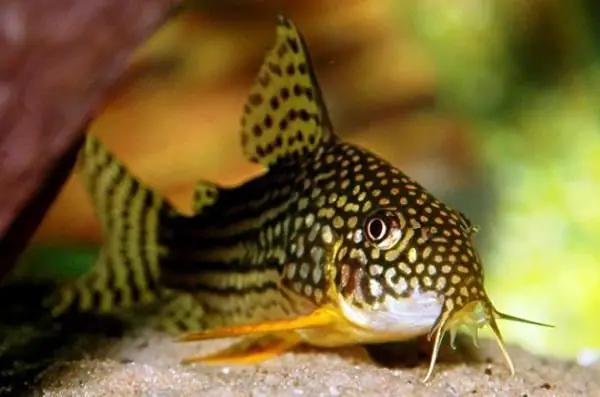
Catfish corridor is one of the smallest representatives of the fauna that lives in the water depths of the subtropical and tropical parts of South America. The fish reaches a length of only 3-10 cm, so you don’t have to buy huge aquariums for it
Bottom aquarium fish: types, description, content, compatibility. Botsia clown. Ancistrus vulgaris. Speckled corridor
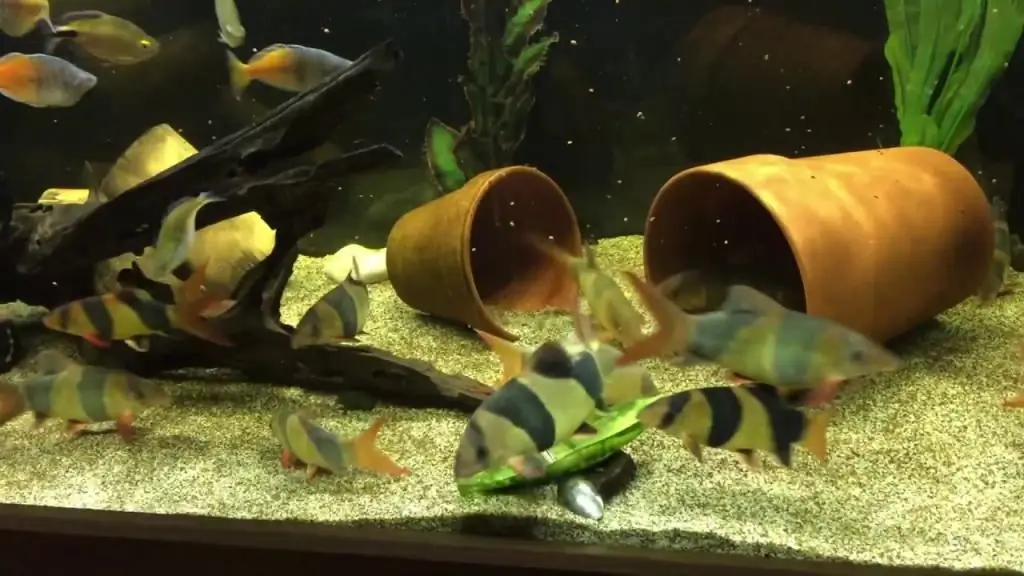
All fish differ in their habitat at a certain water level. Moreover, each such group consists of several types. In the lowest water layer live bottom aquarium fish, most of which are considered friendly and peaceful creatures that are easy to care for. These inhabitants are perfectly compatible with almost all representatives of other species, and some of them carry out useful activities in their artificial space, cleaning it from various impurities

